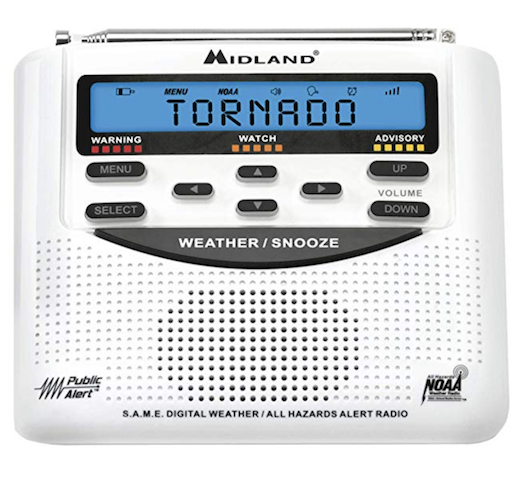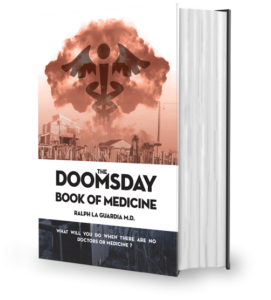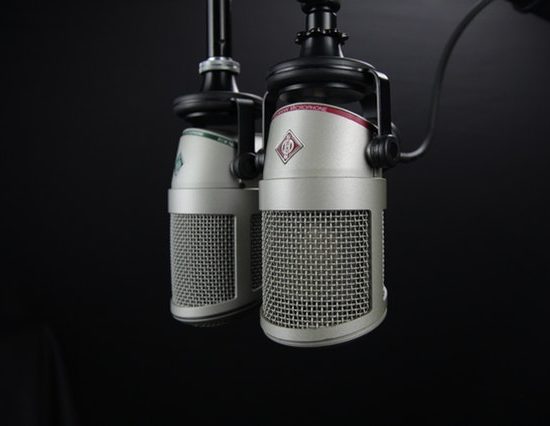
NOAA Weather Radio allows for access to important weather information across the country 24 hours a day. The ability to tune in and monitor this information can be vital during emergency situations or outdoor ventures. Learn how to tune NOAA Weather Radio frequencies on your amateur radio and don’t be dependent on a special radio or programmed memory channel.
What Is NOAA Weather Radio?
NOAA Weather Radio All Hazards (NWR) is a nationwide network of radio stations broadcasting continuous weather information directly from the nearest local National Weather Service office. The stations transmit vital weather information such as local forecasts, watches, and warnings all day, everyday.

This book offers real-life solutions for the average person. That’s where the power lies. Get you copy here.
The National Weather Service offices also integrate into the EAS system (Federal Emergency Alert System) and local authorities so other types of information such as Amber Alerts or Civil Emergency messages also get transmitted across the weather radio system.
Most have heard of the Weather Alert Radios that sound an alarm for a tornado warning or severe weather alert for your area. This is the network those radios monitor to trigger the audible alert.
Bottom line, when the power is out or cell phones don’t work, NOAA weather radio (just like ham radio) can still get the emergency message through. Get information on severe weather warnings, tornado warnings, evacuations in your area and more.
Dedicated Radio Not Required
While a dedicated radio can bring you a visual or audible siren alarm in the middle of the night due to a weather alert, that type of radio is not required to monitor the NOAA Weather Radio signal. In fact, it is only half the value. The rest of the value in the system is that you can tune in any time during the day and get current weather information within a couple minutes.
It’s like the Weather Channel, but without cable. And can be accessed on just about any radio that can receive in the 160 MHz spectrum.
Benefits to Tuning In vs Programming a Channel
There are a number of benefits to tuning in the NOAA Weather Radio signal versus programming it into a channel. Here are a few of the main ones that come to mind.
Save Memory Channels
Many chinese radios such as the Baofeng UV-5R or older model amateur radios have a limited number of channels. Save these channels for programming repeaters or other simplex frequencies with dedicated tones, offsets, or other settings. No reason to waste a memory on a receive only frequency that doesn’t change.
Don’t Mess with your Scan
Since the NOAA Weather Radio signal is transmitted on at all times and non stop, if programmed in to your memory incorrectly, it can cause your scan function to become inoperable in the field.
Free NOAA Weather Radio Channel Quick Guide
Worried you will forget the NOAA Weather Channels? Download our free quick reference card. It is formatted to print on Avery Business Card stock for quick tear out and compact storage (uses Avery Template 8371). Or simply print on your favorite card stock and cut out with scissors.
Other self-sufficiency and preparedness solutions recommended for you:
The Lost Ways (The vital self-sufficiency lessons our great grand-fathers left us)
Survival MD (Knowledge to survive any medical crisis situation)
Backyard Liberty (Liberal’s hidden agenda: more than just your guns…)
Alive After the Fall (Build yourself the only unlimited water source you’ll ever need)
The Lost ways II (4 Important Forgotten Skills used by our Ancestors that can help you in any crisis)
The Patriot Privacy Kit (Secure your privacy in just 10 simple steps)

















